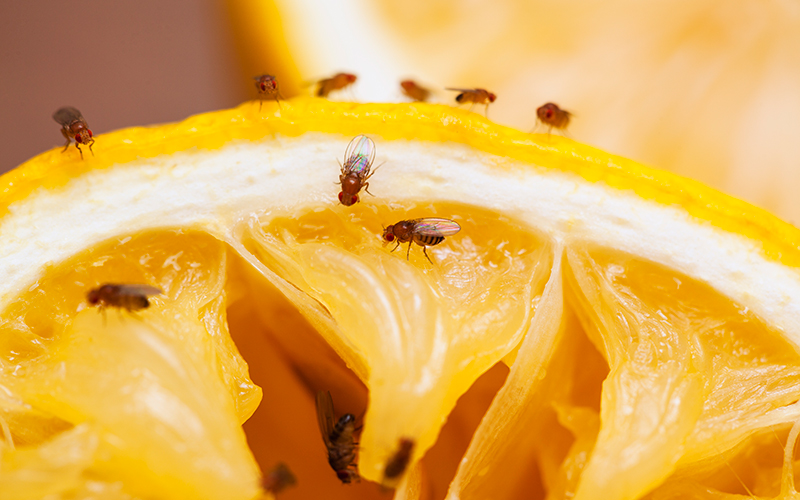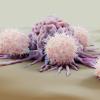Under the microscope: Drosophila melanogaster

What are Drosophila melanogaster?
They are a species of fly, generally known as the common fruit fly or vinegar fly. They can be found on every continent in the world, except Antarctica, and are usually about 3mm long.
Why are we talking about them?
They are widely used in medical and health research and have led to scientists discovering a huge amount about cancer and genetics.
What makes them good for research?
Well, 75% of the genes that cause disease in humans are also found in the fruit fly. However, their genetic codes are simpler than humans. This means that the processes behind tweaking their DNA are simpler.
But aren’t they tiny with a very short lifespan?
That’s right, but these are research strengths – their size means scientists can keep thousands (even millions) of flies at a time, and their lifespan of eight to 14 days, combined with rapid reproduction, means several generations can be observed in a couple of months.
What recent research have they been involved in?
An EU-funded study in April used Drosophila melanogaster to reveal that gut bacteria can “speak” to the brain to inform food choices. Another recent piece of research used the flies to help understand degenerative retinal disorders and discovered a new light-sensing molecule in their brains, which will inform future studies.
Why are they always hovering around my fruit bowl?
They are attracted to rotting and fermenting fruit, as this is where they lay their eggs. Might be time to throw away that fruit.




